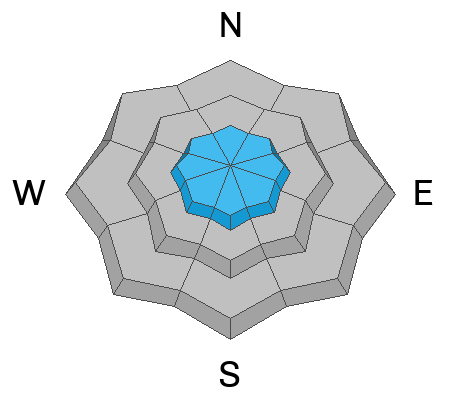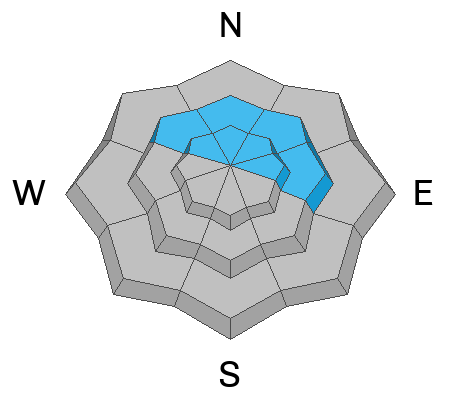Forecast for the Moab Area Mountains

Issued by Eric Trenbeath on
Thursday morning, January 26, 2023
Thursday morning, January 26, 2023
A MODERATE danger exists on all aspects above treeline where human triggered avalanches involving slabs of wind drifted snow are possible. Be on the lookout for smooth, rounded deposits of wind drifted snow on the leeward sides of ridge crests and terrain features. Cracking is a sign of instability.
On northerly aspects, a low probability/high consequence scenario remains for dangerous, human triggered avalanches failing on a buried persistent weak layer. Thinner snowpack areas, and areas of very steep, rocky, radical terrain are where you are most likely to find this problem.
Most other terrain has generally LOW danger.

Low
Moderate
Considerable
High
Extreme
Learn how to read the forecast here










